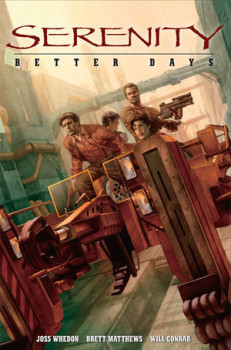Want to Break into Comics? Check out the Make Comics Podcast!
Like most writers, I too dream the unreasonable dream of breaking into comics as a writer.
 Who wouldn’t want to correctly and appropriately use the word “Bam!” as part of their daily writing? Nobody.
Who wouldn’t want to correctly and appropriately use the word “Bam!” as part of their daily writing? Nobody.
So while writing short fiction and novels, I continue to do my research and recently stumbled onto the Make Comics Podcast. The format is pretty simple. Each episode, Joey Groah posed a comics-making question, sometimes his own, but more often from the mail bag of listeners. Then, Andy Schmidt, former Marvel and IDW editor, answers. Sometimes they switch it up with special guests.
Now, this isn’t 100% altruistic on their part. They’re obviously promoting classes on making comics for the Comics Experience company. That’s cool though. Power to them. If I was just starting my writing career, it’s just the sort of thing I would have loved to have taken. But with that very minor caveat, these guys are giving out amazing stuff, and needless to say, I listened to a bunch on my commute and took notes.
There’s way too much good stuff in there for me to talk about all of it, so I’ll mention a few high points.

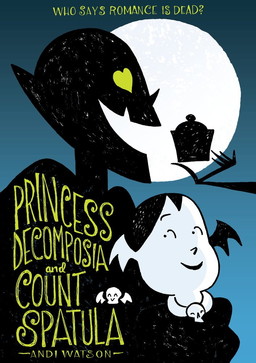
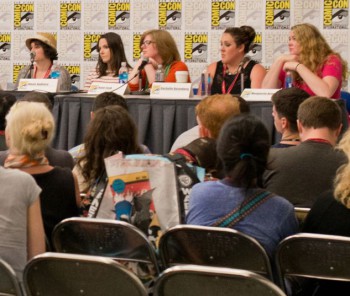

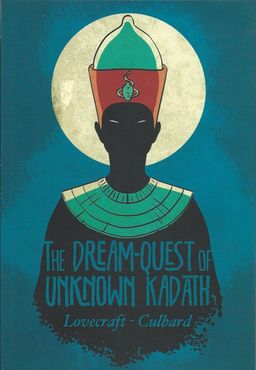

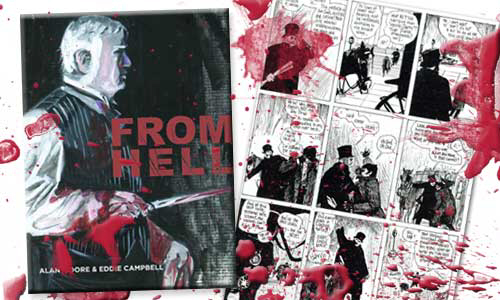
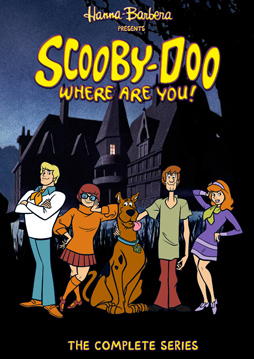 It’s been a while since I posted anything here at Black Gate. There’s no one reason; a number of things have kept me busy or occupied, most recently a persistent head cold and ear infection. I mention this because being under the weather has indirectly to do with the following post. Firstly, being sick led me to watch some TV shows which I now want to write a bit about. Secondly, my mental state shaped the way I thought about what I experienced; I can only hope now to capture the sense of coherence I had then. This essay will be more shapeless than usual, I’m afraid, an attempt to explain the connections that drifted through my mind between Alan Moore, Doc Savage, and Scooby Doo, among others.
It’s been a while since I posted anything here at Black Gate. There’s no one reason; a number of things have kept me busy or occupied, most recently a persistent head cold and ear infection. I mention this because being under the weather has indirectly to do with the following post. Firstly, being sick led me to watch some TV shows which I now want to write a bit about. Secondly, my mental state shaped the way I thought about what I experienced; I can only hope now to capture the sense of coherence I had then. This essay will be more shapeless than usual, I’m afraid, an attempt to explain the connections that drifted through my mind between Alan Moore, Doc Savage, and Scooby Doo, among others.